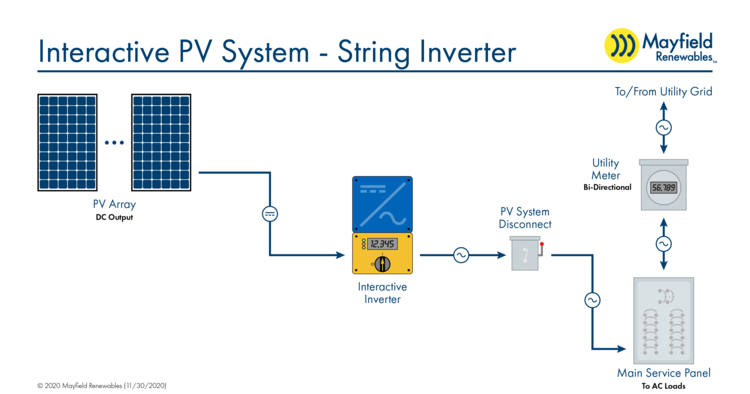 Energy Storage Solution
Energy Storage Solution
Energy Storage is the Base of Renewable Green Energy
#Green Future
THE BATTERY OF THE FUTURE,
(1) Lithium Titanite Oxide – a wonder of the era with highly charge and discharge density with 30+ years life cycle. (2) Lithium Phosphate, commercially viable and being used for Solar, Wind, EV, Backup and individual houses & multiple utilization.
Agenda is: To replace the fossil fuels by the renewable resources & energy.
We are the project specialists from R&D to designing, supply of complete containerized energy storage solution to commissioning for your Energy storage requirements. EMS and full EPC for Mega projects by our Engineers.
We are one’s Renewable Energy partners from 30KWh to 200KWh and from 1MWh to 200MWh for industry, commercial entities, factories, Hospitals, farmhouses, Schools, collages, social gathering spots, Marriage halls, stations, Charging points, individual houses etc.
Our market strategy over the past years was to position the company for growth by selling products directly and through distribution channels. Major focus is / was targeting the projects in any size for energy storage solution. Management also focused on consolidating the business operations and identifying global Green Technology partners and integrators to prepare for expected growth in 2023. We strengthened our suppliers, trained our people, developed strategic partners, and built up our sales pipeline which typically requires a 3 – 4 months cycle. Our value proposition is closely aligned with biomass energy producers and we are also working to become more than just a value-added supplier of equipment. We see real value in these types of applications as it creates more of a recurring revenue stream. Households, Commercial and industrial clients are our partner in spreading economical energy and reducing CO2 emissions with substantial cost-effective Energy Storage Solution. As a result, we are identifying large and scalable opportunities in this area, (UK, EU, Middle East and Africa) including licensing agreements and potential mergers and acquisitions.
By ECO ESS













